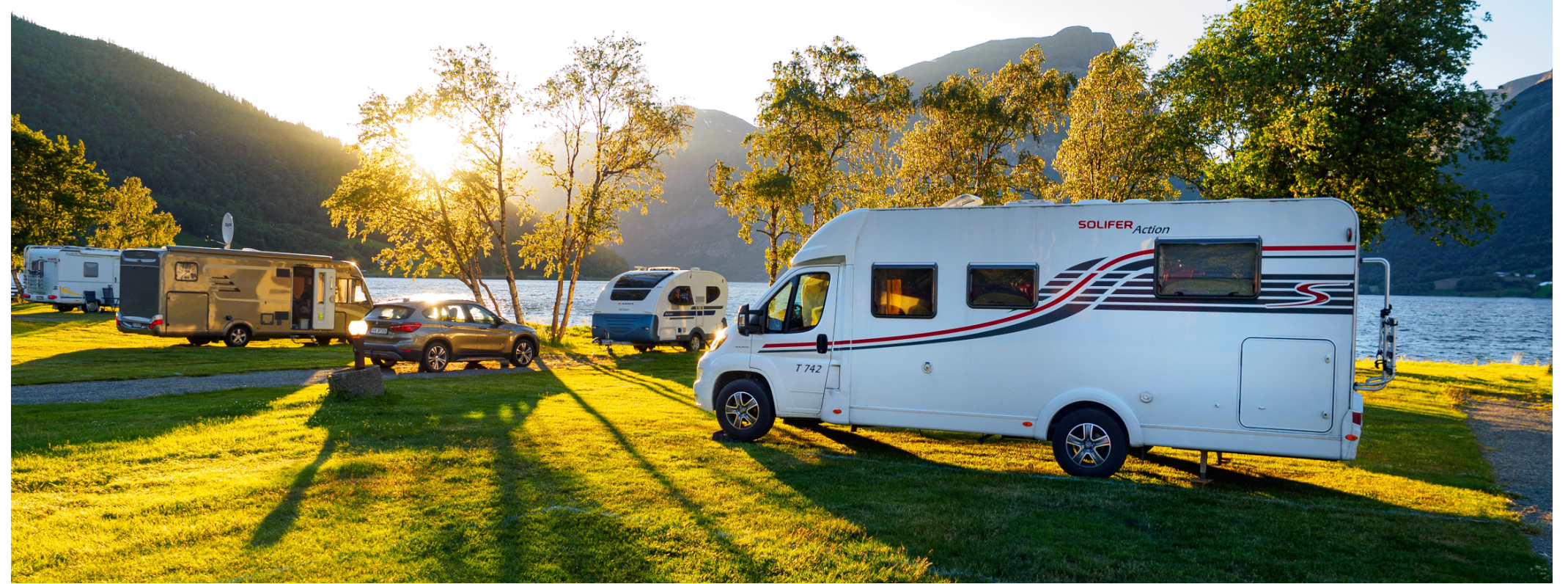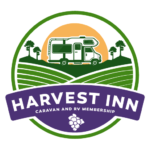Australia is by far one of the driest continents on earth, so it’s always a good idea to know the different ways you can access water when travelling around this wide, brown land. Anyone who is camping needs to understand the limitations imposed by a lack of access to fresh water, especially if you’re heading into the outback or other remote areas of Australia.
Water is essential for survival at all times, but even more so when free camping and this importance should never be underestimated. Aside from ensuring we are always well hydrated; water is also required for a variety of other day-to-day tasks such as cooking meals, making coffee, washing clothes and dishes, as well as showering and using the onboard toilet.
Because of the amount of water required when free camping, it’s recommended that you store an extra container or two on top of the inbuilt water tank if you’re planning to take a remote trip. And just like your fuel tank, it is always a better idea to be filling up the top half of the tank rather than the bottom, so you should always ensure that you regularly top up whenever there is water available.
Obviously, the easiest way to refill the water tank while free camping is via an available tap. Simply connect a hose to the tap and turn on the water until your tanks are full. That’s easy enough to do before you leave home, but where can you find a tap when travelling through a new town?
Thankfully, with a little planning ahead and a few other considerations, you can become a pro at free camping in no time at all. Follow the basic steps below to ensure you always have enough water to survive.
Caravan parks
The vast majority of caravan parks will have a mixture of potable and non-potable water sources distributed throughout the campsite. Unfortunately, the further away from major townships a caravan park is located, the less likely it will be that they are connected to town water supplies.
That means they will have had to access their own water in other ways, such as from a bore, awell, or via another natural source. Some parks and campsites will even have to purify their water supply by utilising expensive filtration systems. For this reason, it’s always recommended that you talk to the park manager first before going ahead and filling up your tanks.
Caravan parks
The vast majority of caravan parks will have a mixture of potable and non-potable water sources distributed throughout the campsite. Unfortunately, the further away from major townships a caravan park is located, the less likely it will be that they are connected to town water supplies.
That means they will have had to access their own water in other ways, such as from a bore, awell, or via another natural source. Some parks and campsites will even have to purify their water supply by utilising expensive filtration systems. For this reason, it’s always recommended that you talk to the park manager first before going ahead and filling up your tanks.

Petrol stations
By far one of the most popular methods of accessing water while travelling, you can generally find taps located between fuel pumps as well as somewhere close to the air pump. So if you know that you’re running low on the old H2O, keep an eye out for water access at service stations. But just like caravan parks, it’s also a good idea to ask first. Some towns and cities might only have large tanks of drinking water that you’ll be charged for using to fill up, which will do in a pinch, but obviously, free access to water is preferred which may require a little shopping around.
Water filling stations
Over the last decade or so, there’s been a steadily increasing number of places that have water available at coin-operated water filling stations. So look out for these filling stations in many towns and cities just in case you’re ever in desperate need of filling up your tank. It’s also a pretty good idea to ensure that you always have some spare change lying around for use at these water stations.
Visitor Information Centres
Quite often, but certainly not always, there are taps with drinking water available at Visitor Information Centres which can be used to fill up your water tank. If you arrive during office hours and there’s no obvious signage for drinking water, simply go inside and ask if they have any. If you arrive at night when the Info Centre is closed, never fill your water tanks from a tap that says anything like “black water waste” or “dump point” as they are used for caravan toilets, so they are definitely not sanitary.

Local parks & showgrounds
Another place you can easily find access to water in some cities and towns is either at local parks or showgrounds, but it’s not always going to be free. And in many cases, the tap handle is removed by the local council because they don’t want people taking advantage of their water access, so you may either need a special tap key or a spare handle in order to turn the water on. Remember too that you should always be respectful of the local community by only using this water if you desperately need it, it’s the only place that you can find it, and there is no one around you can ask.
Rivers, creeks, or waterways
While these sources often won’t provide potable water for drinking, many travellers find that it can be used for showering or washing dishes and clothes. Always ensure that it’s fresh running water rather than stagnant while being mindful of just how clean it is. You also shouldn’t be removing any water from waterways located in drought-affected areas because what little water is there, while often scarce, will be needed to ensure the local ecosystem stays alive.
Ask a local
You can always ask small businesses like restaurants or cafes if they mind you using their outside tap. As long as it doesn’t interfere too much with their business, most people will help you out when you’re desperate, especially in tourist towns as you’re the reason they make any money. Locals are also often quite amenable to tourists stopping by and using their hoses as long as you ask. The worst thing that anyone can say is no, and even then, most will point you in the right direction anyway.
Remember…
Everyone will have different needs when it comes to water, so work out how much you and your family use each day. As long as you plan ahead, you can not only arrive at each free camping destination with a full tank of freshwater, but you’ll know how long it will last you.


